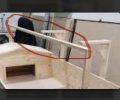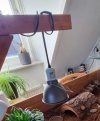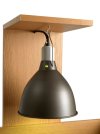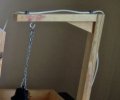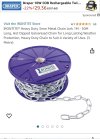Throttle
New Member
Our Russian tortoise did not hibernate this last winter, she wanted to at first then seemed to give up, so she has been awake through the fall and winter and now we are mid summer, she seems to want to go to sleep only. Her eating has decreased, even with her favorite foods, she walks around and then burrows, even after a bath and time spent in the outside garden. Her encloser is 7' x 3.5', has a high end UV light, large heat lamp, multiple plants and grow lights, and she used to chase her food around until about a month ago. Any ideas?

